Comparative transcriptome profiling approach to glean virulence and immunomodulation-related genes of Fasciola hepatica
- PMID: 25956885
- PMCID: PMC4429430
- DOI: 10.1186/s12864-015-1539-8
Comparative transcriptome profiling approach to glean virulence and immunomodulation-related genes of Fasciola hepatica
Abstract
Background: Fasciola hepatica causes chronic liver disease, fasciolosis, leading to significant losses in the livestock economy and concerns for human health in many countries. The identification of F. hepatica genes involved in the parasite's virulence through modulation of host immune system is utmost important to comprehend evasion mechanisms of the parasite and develop more effective strategies against fasciolosis. In this study, to identify the parasite's putative virulence genes which are associated with host immunomodulation, we explored whole transcriptome of an adult F. hepatica using current transcriptome profiling approaches integrated with detailed in silico analyses. In brief, the comparison of the parasite transcripts with the specialised public databases containing sequence data of non-parasitic organisms (Dugesiidae species and Caenorhabditis elegans) or of numerous pathogens and investigation of the sequences in terms of nucleotide evolution (directional selection) and cytokine signaling relation were conducted.
Results: NGS of the whole transcriptome resulted in 19,534,766 sequence reads, yielding a total of 40,260 transcripts (N₅₀ = 522 bp). A number of the parasite transcripts (n = 1,671) were predicted to be virulence-related on the basis of the exclusive homology with the pathogen-associated data, positive selection or relationship with cytokine signaling. Of these, a group of the virulence-related genes (n = 62), not previously described, were found likely to be associated with immunomodulation based on in silico functional categorisation, showing significant sequence similarities with various immune receptors (i.e. MHC I class, TGF-β receptor, toll/interleukin-1 receptor, T-cell receptor, TNF receptor, and IL-18 receptor accessory protein), cytokines (i.e. TGF-β, interleukin-4/interleukin-13 and TNF-α), cluster of differentiations (e.g. CD48 and CD147) or molecules associated with other immunomodulatory mechanisms (such as regulation of macrophage activation). Some of the genes (n = 5) appeared to be under positive selection (Ka/Ks > 1), imitating proteins associated with cytokine signaling (through sequence homologies with thrombospondin type 1, toll/interleukin-1 receptor, TGF-β receptor and CD147).
Conclusions: With a comparative transcriptome profiling approach, we have identified a number of potential immunomodulator genes of F. hepatica (n = 62), which are firstly described here, could be employed for the development of better strategies (including RNAi) in the battle against both zoonotically and economically important disease, fasciolosis.
Figures
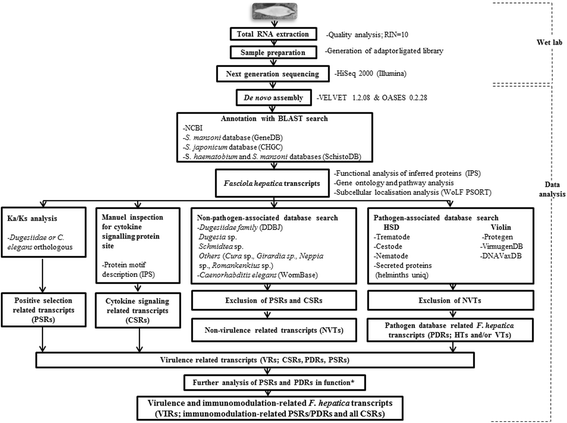
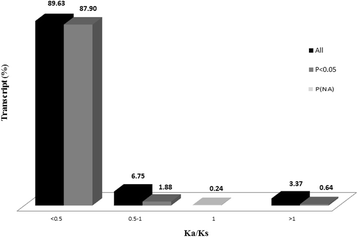
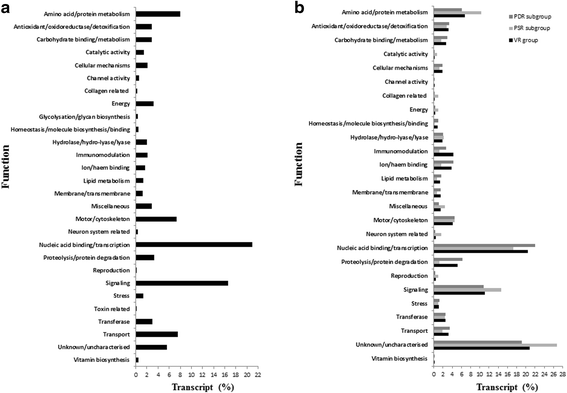
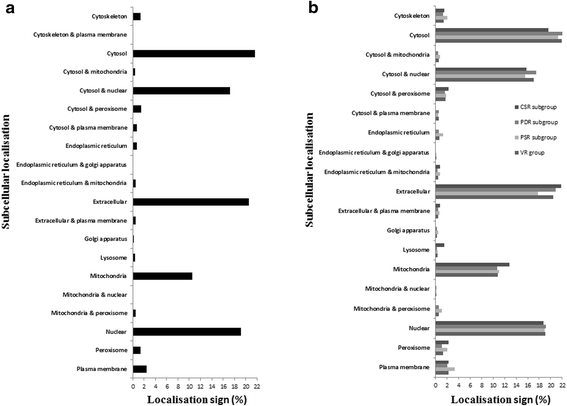
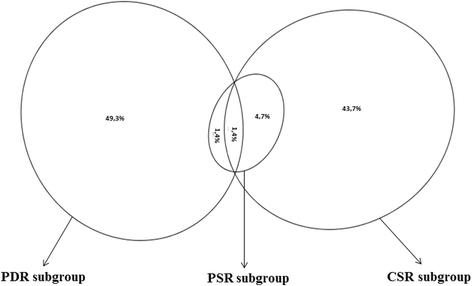
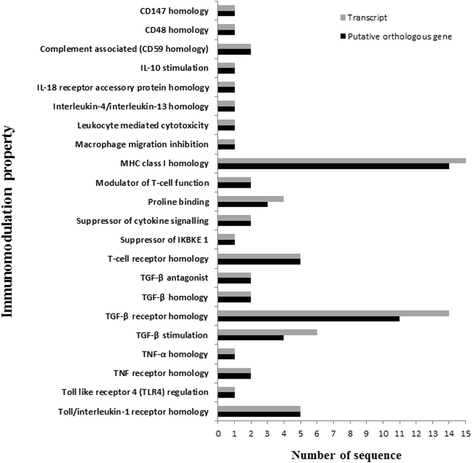
Similar articles
-
Genererating a core cluster of Fasciola hepatica virulence and immunomodulation-related genes using a comparative in silico approach.Res Vet Sci. 2018 Apr;117:271-276. doi: 10.1016/j.rvsc.2017.12.023. Epub 2017 Dec 28. Res Vet Sci. 2018. PMID: 29346089
-
Proteomic analysis of Fasciola hepatica excretory and secretory products (FhESPs) involved in interacting with host PBMCs and cytokines by shotgun LC-MS/MS.Parasitol Res. 2017 Feb;116(2):627-635. doi: 10.1007/s00436-016-5327-4. Epub 2016 Nov 19. Parasitol Res. 2017. PMID: 27866265
-
Survey of transcripts expressed by the invasive juvenile stage of the liver fluke Fasciola hepatica.BMC Genomics. 2010 Apr 7;11:227. doi: 10.1186/1471-2164-11-227. BMC Genomics. 2010. PMID: 20374642 Free PMC article.
-
Elucidating the transcriptome of Fasciola hepatica - a key to fundamental and biotechnological discoveries for a neglected parasite.Biotechnol Adv. 2010 Mar-Apr;28(2):222-31. doi: 10.1016/j.biotechadv.2009.12.003. Epub 2009 Dec 16. Biotechnol Adv. 2010. PMID: 20006979 Review.
-
The immunoregulatory effects of co-infection with Fasciola hepatica: From bovine tuberculosis to Johne's disease.Vet J. 2017 Apr;222:9-16. doi: 10.1016/j.tvjl.2017.02.007. Epub 2017 Mar 2. Vet J. 2017. PMID: 28410676 Review.
Cited by
-
Transcriptomic responses of water buffalo liver to infection with the digenetic fluke Fasciola gigantica.Parasit Vectors. 2017 Feb 1;10(1):56. doi: 10.1186/s13071-017-1990-2. Parasit Vectors. 2017. PMID: 28143561 Free PMC article.
-
RNA interference in Fasciola gigantica: Establishing and optimization of experimental RNAi in the newly excysted juveniles of the fluke.PLoS Negl Trop Dis. 2017 Dec 12;11(12):e0006109. doi: 10.1371/journal.pntd.0006109. eCollection 2017 Dec. PLoS Negl Trop Dis. 2017. PMID: 29232690 Free PMC article.
-
Heme-Oxygenase-1 Expression Contributes to the Immunoregulation Induced by Fasciola hepatica and Promotes Infection.Front Immunol. 2017 Jul 26;8:883. doi: 10.3389/fimmu.2017.00883. eCollection 2017. Front Immunol. 2017. PMID: 28798750 Free PMC article.
-
The omic approach to parasitic trematode research-a review of techniques and developments within the past 5 years.Parasitol Res. 2016 Jul;115(7):2523-43. doi: 10.1007/s00436-016-5079-1. Epub 2016 Apr 28. Parasitol Res. 2016. PMID: 27126082 Review.
-
Extracellular vesicles from Echinococcus granulosus larval stage: Isolation, characterization and uptake by dendritic cells.PLoS Negl Trop Dis. 2019 Jan 7;13(1):e0007032. doi: 10.1371/journal.pntd.0007032. eCollection 2019 Jan. PLoS Negl Trop Dis. 2019. PMID: 30615613 Free PMC article.
References
-
- Mas-Coma S, Agramunt VH, Valero MA. Neurological and ocular fascioliasis in humans. Adv Parasitol. 2014;84:27–149. - PubMed
Publication types
MeSH terms
Substances
Grants and funding
LinkOut - more resources
Full Text Sources
Other Literature Sources
Research Materials
Miscellaneous

